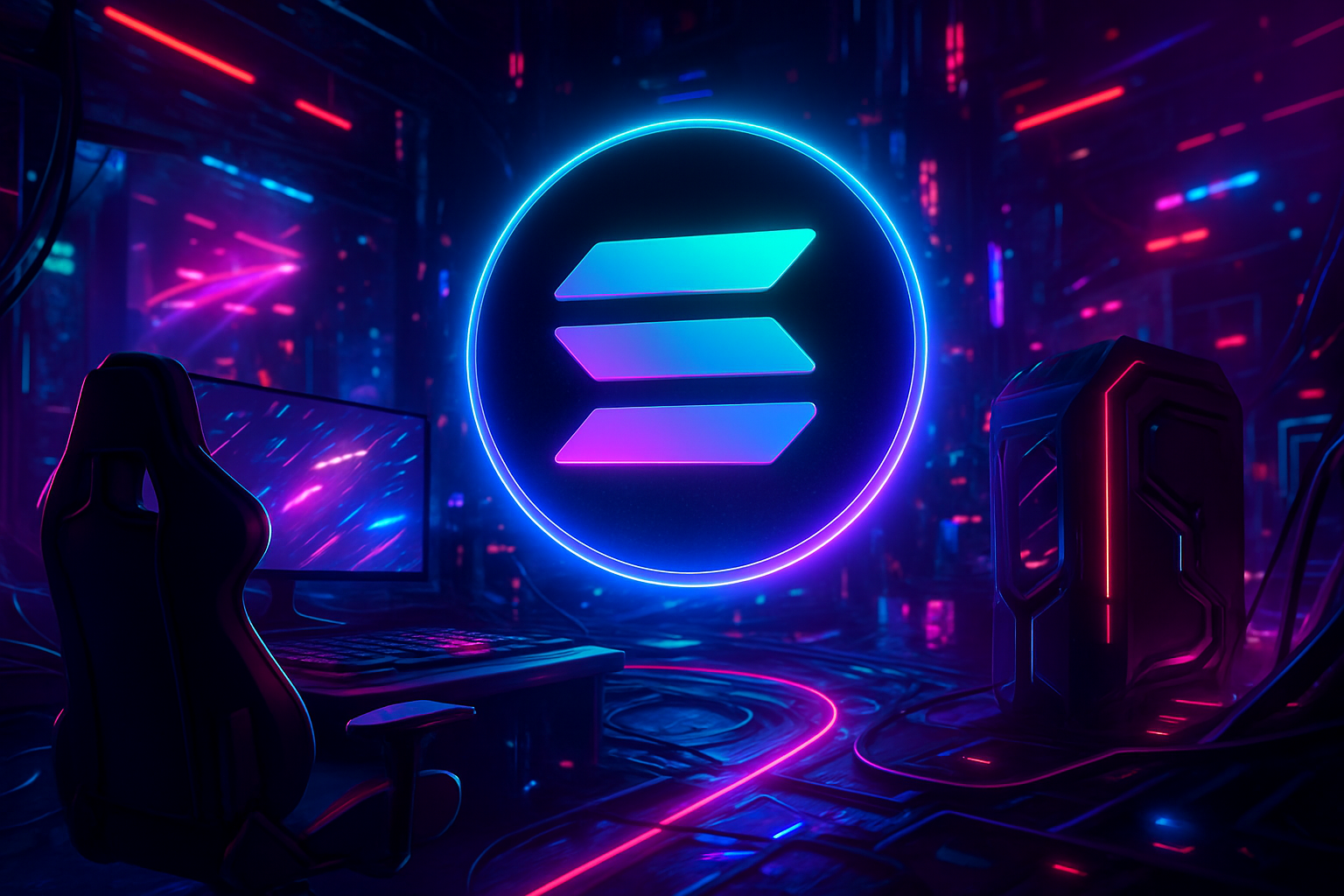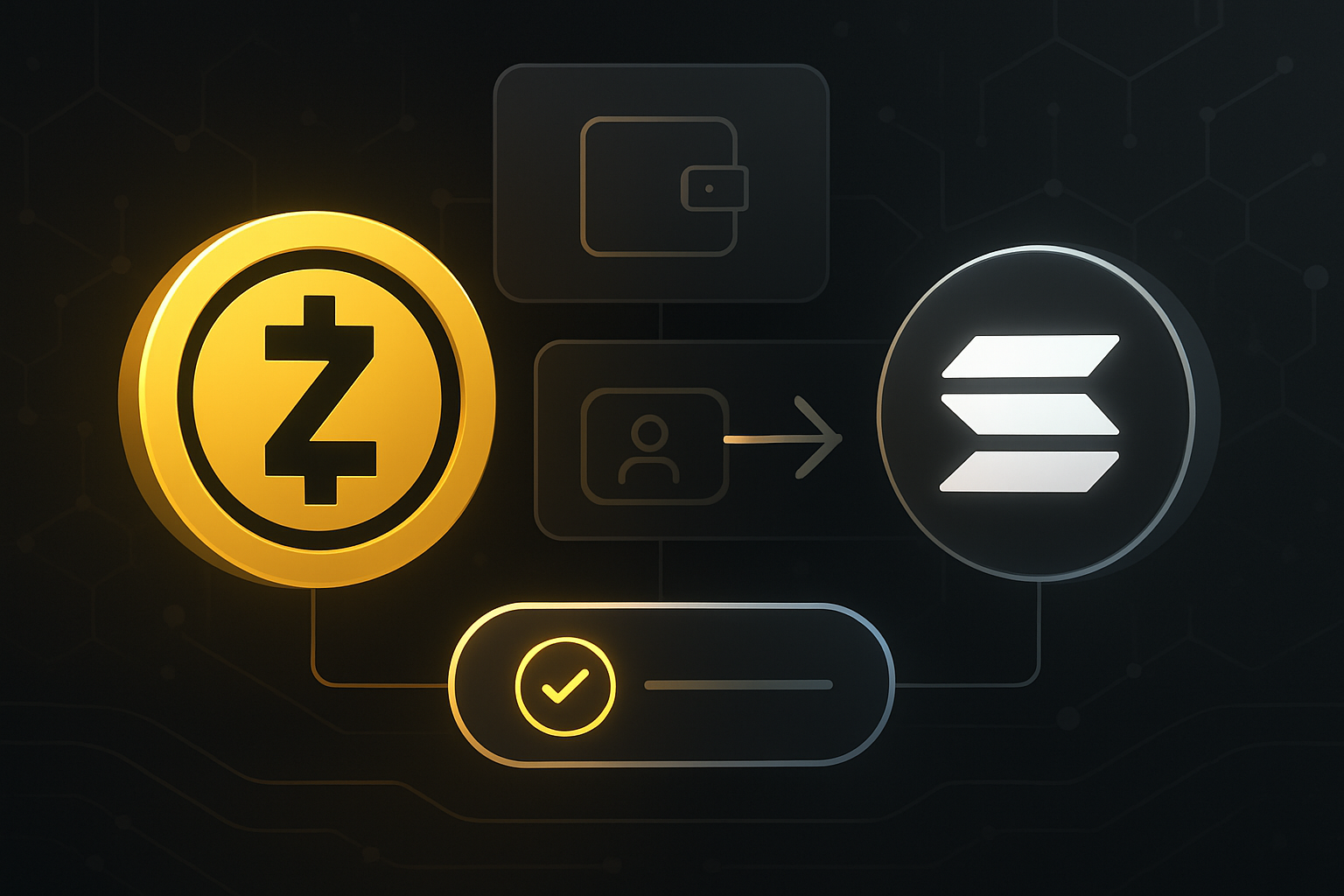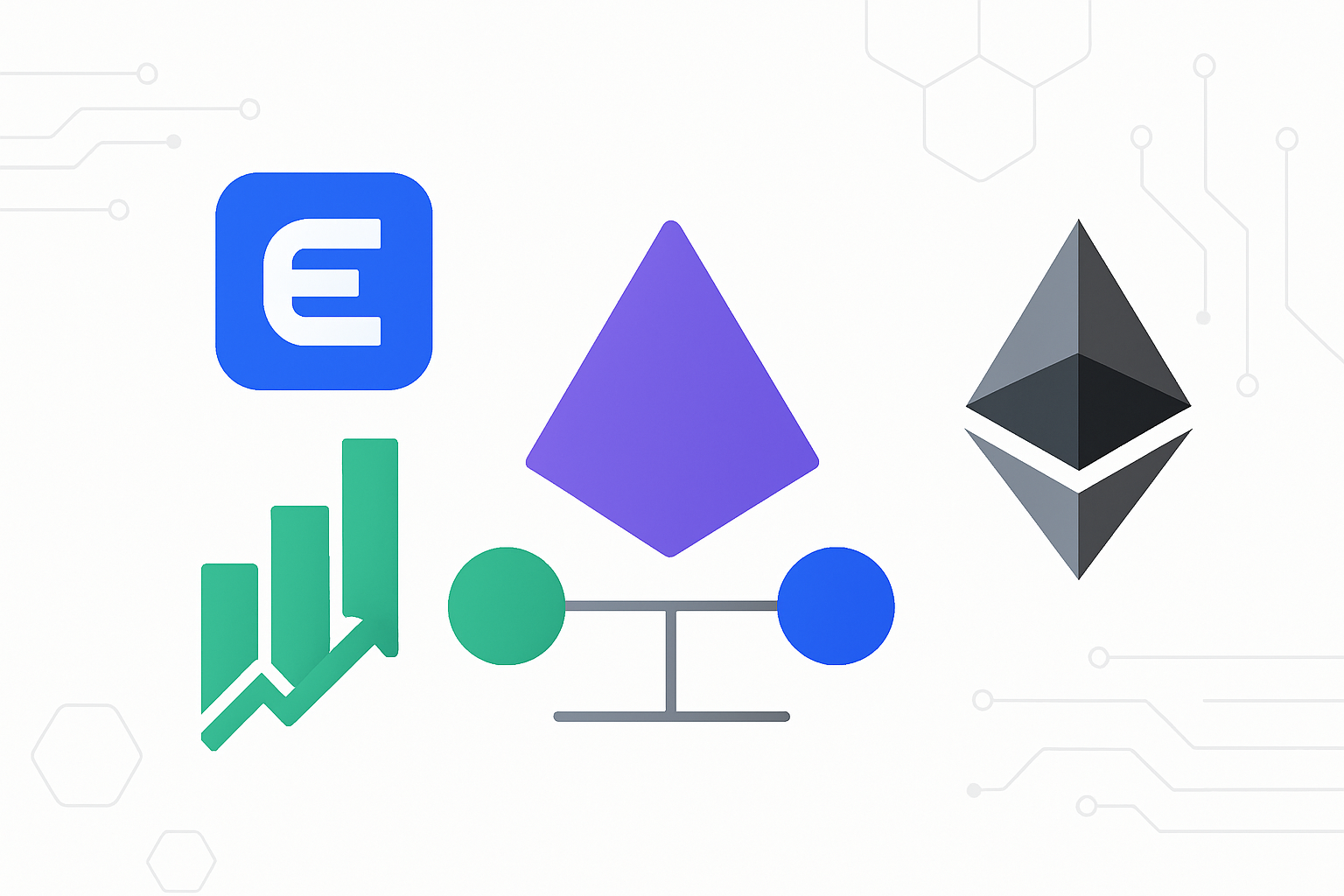
The Solana ecosystem has rapidly evolved over the past year, with wallet innovation at the forefront. Among the most talked-about developments is the potential for HyperEVM integration on Backpack Wallet. While there is currently no official confirmation of this integration as of October 2025, the conversation itself highlights how cross-chain compatibility and advanced wallet features are shaping user expectations in the Solana landscape.

Backpack Wallet: Setting the Standard in Solana Wallet Features
Backpack Wallet has emerged as a powerhouse for Solana users, offering seamless asset management, native dApp integration, and a focus on security. According to Backpack Learn, its browser extension simplifies everything from token swaps to NFT management, making it a top contender among Solana wallets in 2025. The wallet’s ability to support Solana, Ethereum, and more underscores its multi-chain ambitions and positions it as a future-proof hub for digital assets.
Top Features That Set Backpack Wallet Apart for Solana Users
-
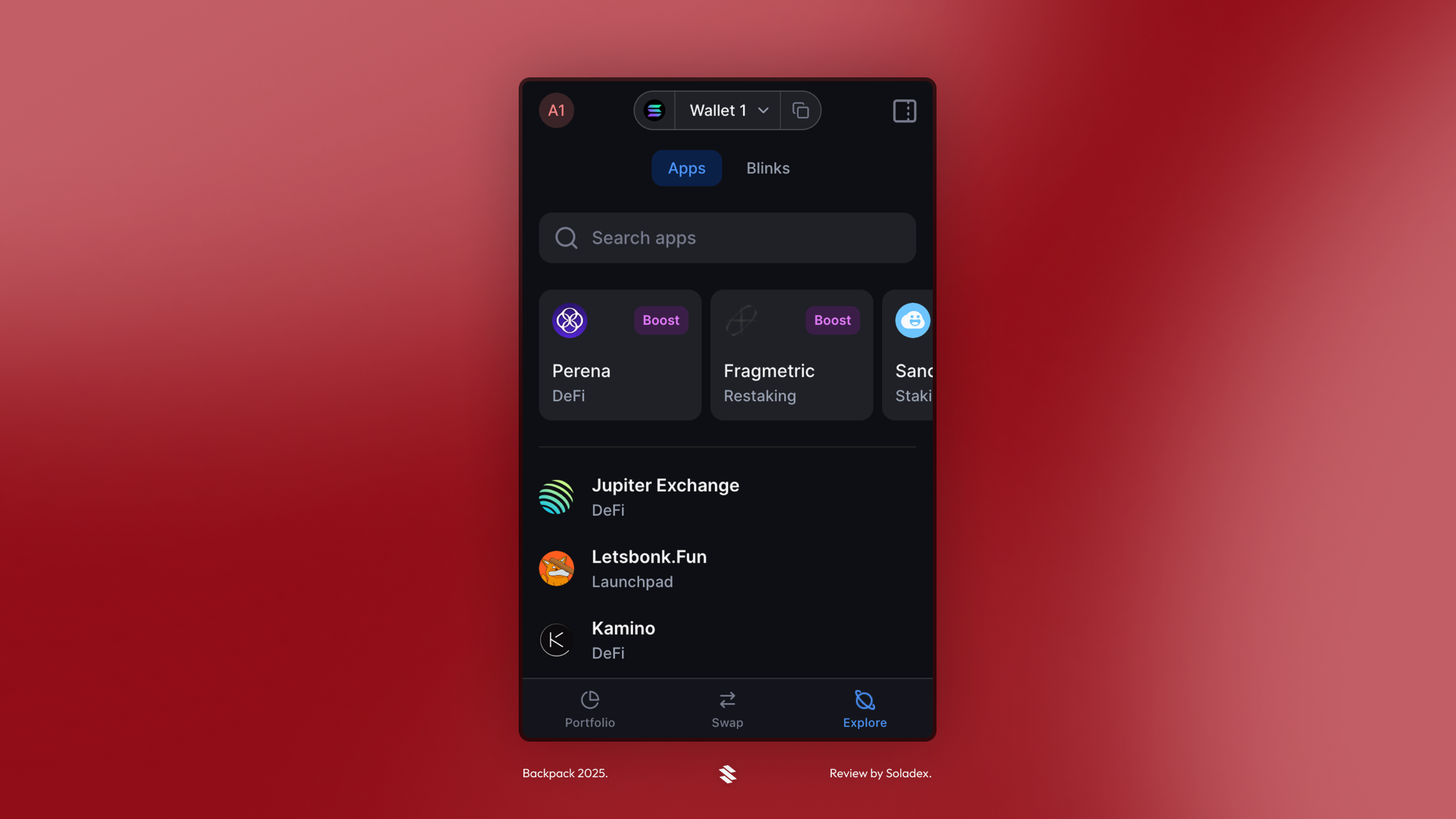
Native Solana Ecosystem Integration: Backpack Wallet is optimized for seamless interaction with Solana dApps, SPL tokens, and the Solana Virtual Machine (SVM), ensuring fast and secure transactions.
-
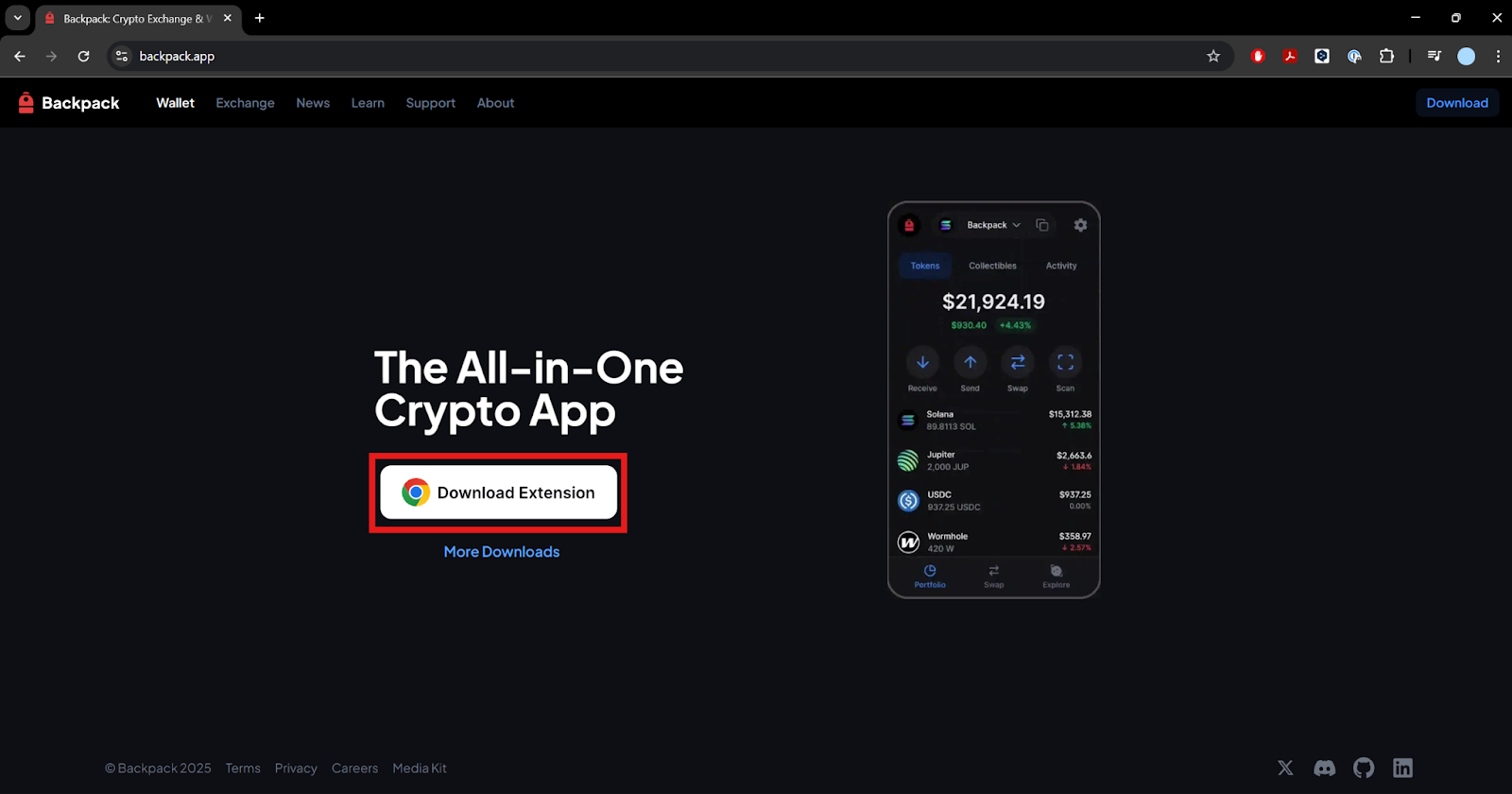
Multi-Chain Support: Backpack enables users to manage assets across multiple blockchains, including Solana and Ethereum, all within a single, user-friendly interface.
-
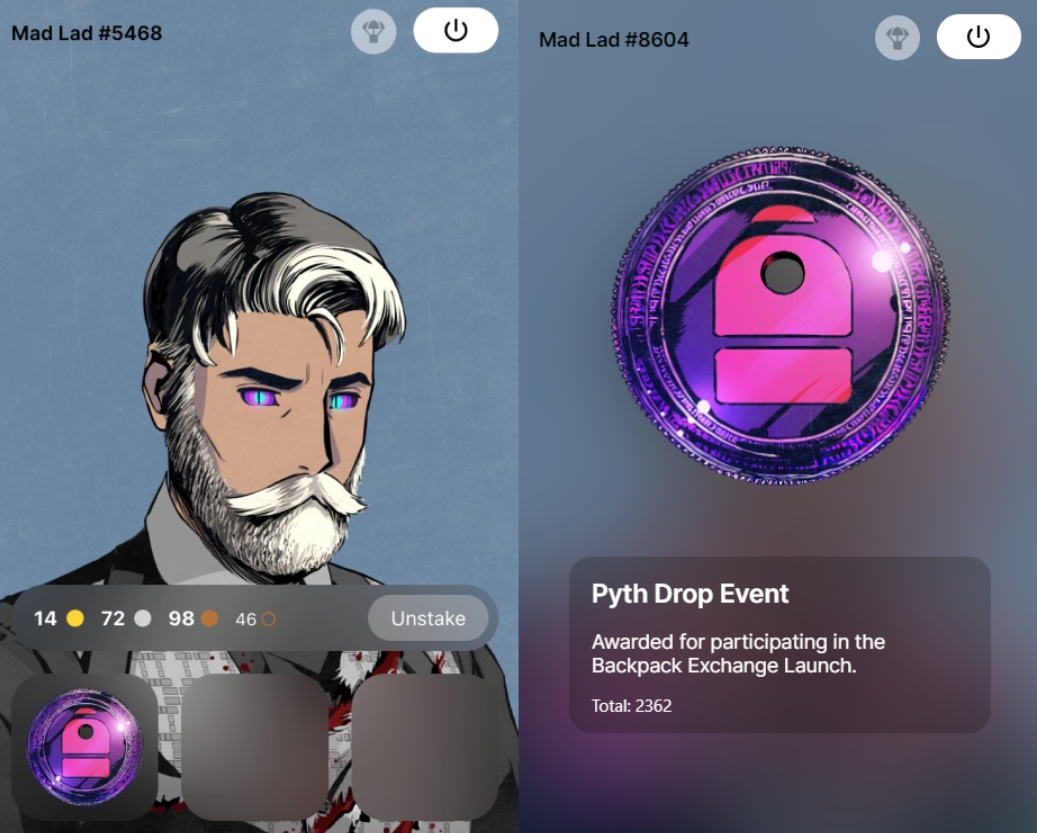
xNFTs and NFT Collection Locking: Backpack supports xNFTs—interactive NFTs unique to Solana—and offers NFT collection locking, providing enhanced security and utility for digital collectibles.
-
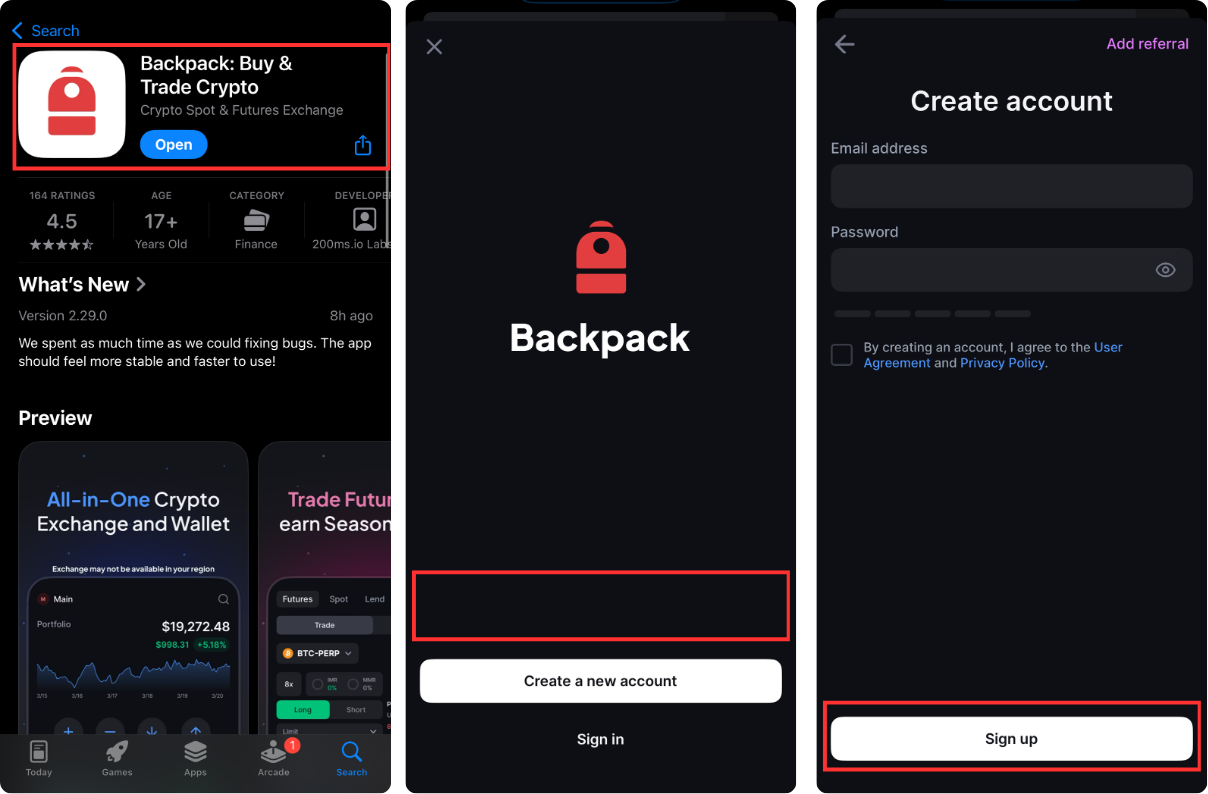
Integrated Crypto Exchange: Users can trade and manage cryptocurrencies directly within Backpack, streamlining asset management without the need for external platforms.
-
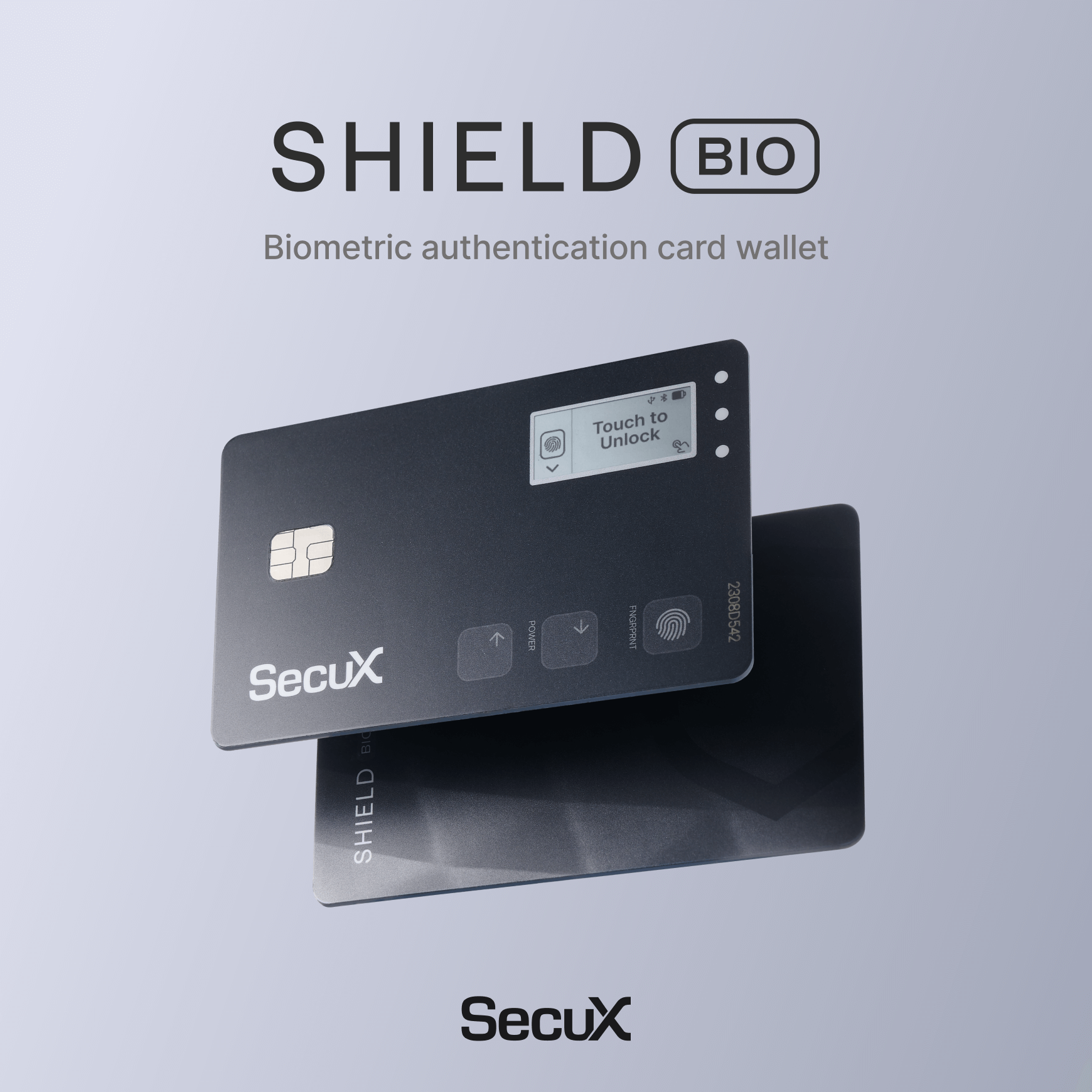
Advanced Security Features: Backpack incorporates robust security measures, including biometric authentication and encrypted key management, to safeguard user assets.
-
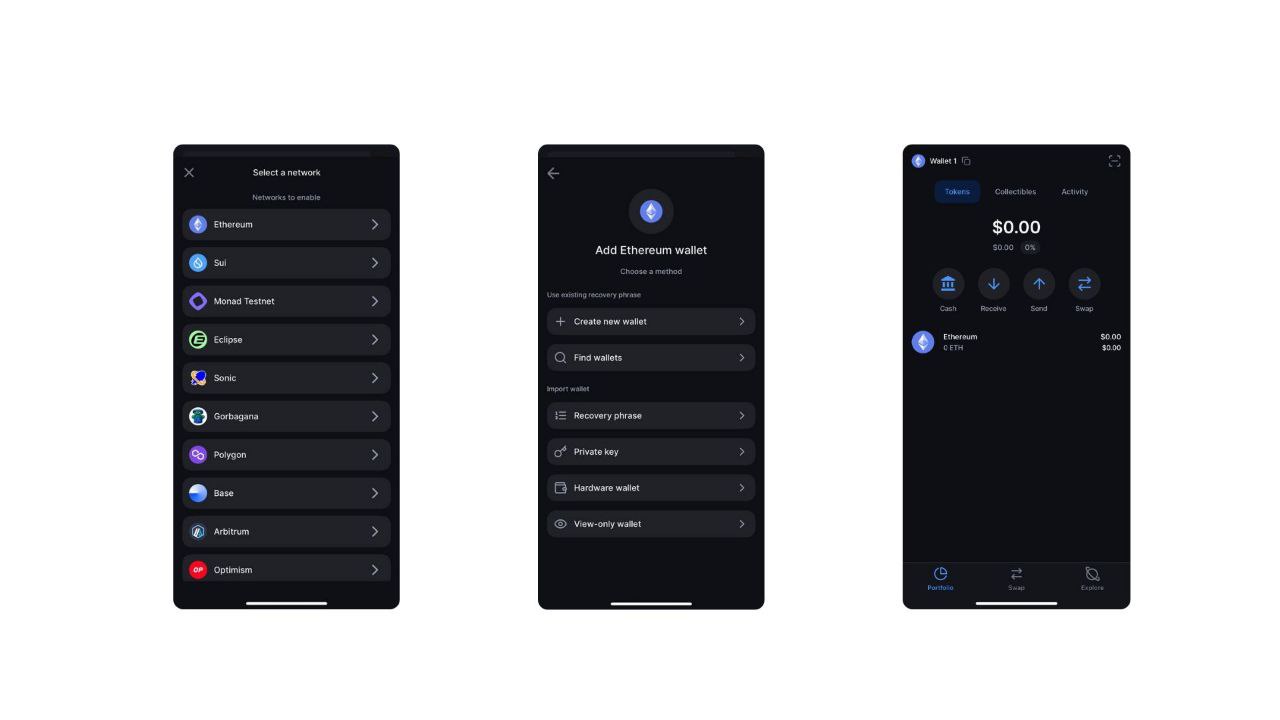
User-Friendly Extension and Mobile App: Backpack is available as both a browser extension and a mobile app, making it accessible and convenient for a wide range of users.
Security remains a top concern for users exploring new integrations. Backpack’s robust design, coupled with its user-friendly interface, has earned it praise for helping users avoid scams and manage assets confidently. Solana wallets are booming, but Backpack’s unique features like NFT collection locking and native support for SPL tokens keep it ahead of the curve.
What is HyperEVM and Why Does It Matter for Solana?
HyperEVM, developed by Hyperliquid, is a general-purpose smart contract platform that brings Ethereum Virtual Machine (EVM) compatibility to new chains. Its integration into wallets like Zerion has already expanded multi-chain access for users seeking Ethereum-like experiences elsewhere. The prospect of HyperEVM reaching Backpack Wallet is significant because it would allow Solana users to interact with EVM-based smart contracts and dApps without leaving their preferred wallet environment.
This kind of integration could drive a new wave of cross-chain DeFi activity and NFT innovation within the Solana ecosystem in 2025. While speculation around HyperEVM’s arrival on Backpack is growing, it’s important to note that there’s no official announcement yet. Still, the market’s anticipation speaks volumes about how interoperability is becoming a must-have feature for leading crypto wallets.
Solana Wallets in 2025: Competition and User Expectations
Competition among Solana wallets is fierce. Phantom and Solflare continue to attract loyal user bases with their simplicity and staking features. However, Backpack’s edge comes from its commitment to multi-chain support and its rapid pace of feature development. Users now expect wallets to do more than just store tokens – they want seamless dApp access, advanced security options, and easy cross-chain transactions.
For a comprehensive look at how Backpack compares to other leading wallets this year, check out CoinDCX’s roundup of the best Solana wallets for 2025. The landscape is shifting fast, and user demands are driving wallet providers to innovate or risk falling behind.
Should HyperEVM integration become a reality on Backpack Wallet, the implications for the Solana ecosystem could be profound. Imagine a scenario where Solana users effortlessly tap into Ethereum-based dApps, DeFi tools, and NFT marketplaces, without ever leaving the Backpack interface. This would not only bridge liquidity and utility across two of the most active blockchain ecosystems but would also position Backpack as a true multi-chain command center for digital asset management.
But even without HyperEVM, Backpack’s feature set is already pushing the boundaries of what’s possible for Solana wallet extensions. The wallet’s support for xNFTs, SPL tokens, and its commitment to user security have set a high bar for competitors. As more users demand multi-chain functionality and robust protection against scams, Backpack’s architecture seems purpose-built for the next phase of crypto adoption.
Looking Forward: Speculation vs. Reality in Solana’s Next Chapter
It’s crucial to separate speculation from fact. As of October 2025, there is no official confirmation of HyperEVM integration on Backpack Wallet. The excitement, however, is a testament to the growing appetite for interoperability and next-level wallet experiences in the Solana ecosystem. Users and developers are watching closely, ready to pivot the moment such an integration is announced.
For now, the best strategy for Solana users is to stay informed, leverage the most secure and feature-rich wallets available, and remain agile as the market evolves. The current landscape is competitive, with Phantom, Solflare, and Backpack all offering unique advantages. But should HyperEVM support materialize in Backpack, expect a significant shift in user flows and dApp activity across both Solana and EVM-compatible chains.
Key Interoperability Benefits for Solana Users with HyperEVM Integration
-
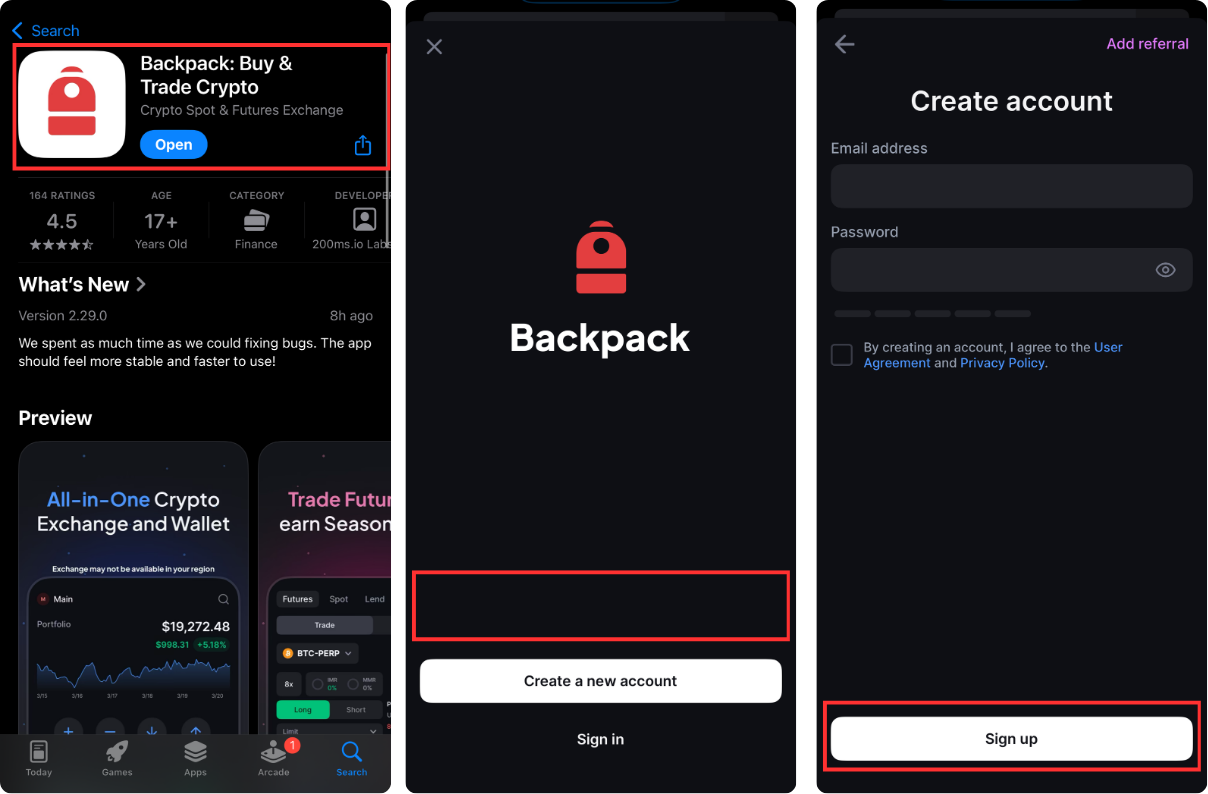
Access to Ethereum-Compatible dApps: If HyperEVM is integrated into Backpack Wallet, Solana users could seamlessly interact with a wide range of Ethereum-compatible decentralized applications (dApps) directly from their wallet, expanding their DeFi and NFT options beyond native Solana projects.
-
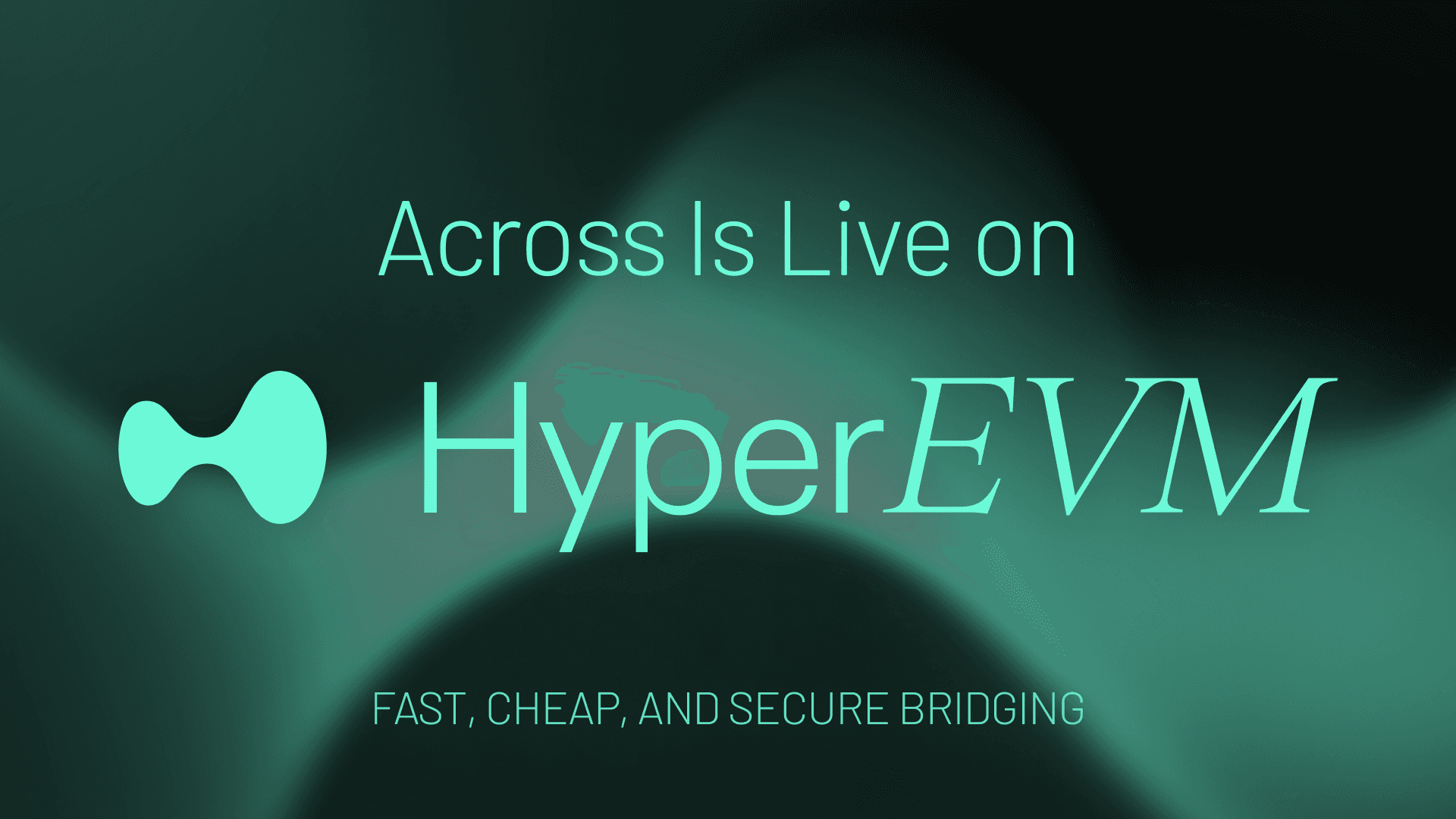
Cross-Chain Asset Transfers: Integration would potentially enable direct asset transfers between Solana and HyperEVM-compatible chains, simplifying the process of moving tokens or NFTs without relying on third-party bridges.
-
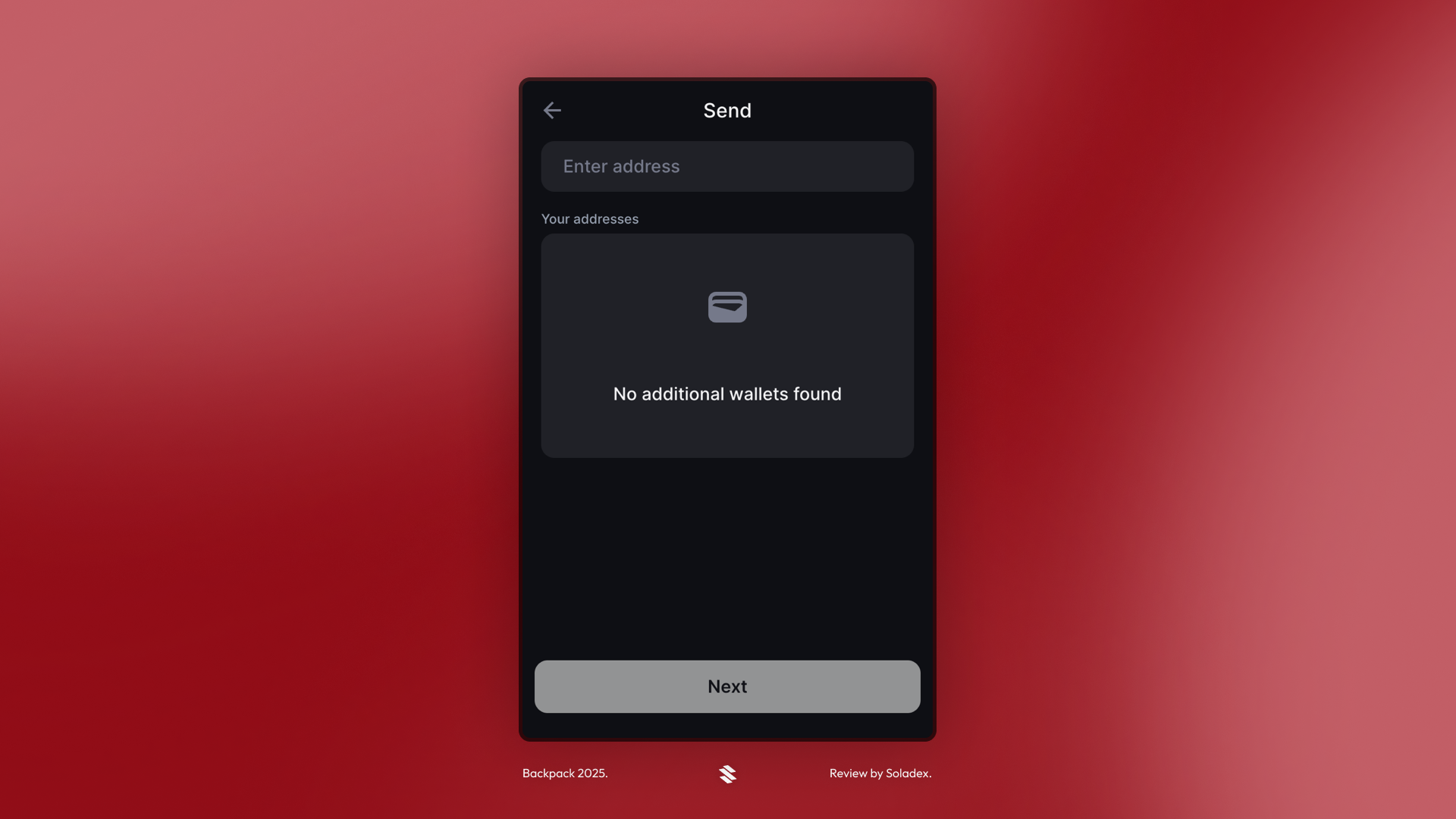
Unified Wallet Experience: Backpack Wallet’s multi-chain support could be further enhanced, allowing users to manage Solana, Ethereum, and HyperEVM assets in one secure interface, reducing complexity and risk.
-
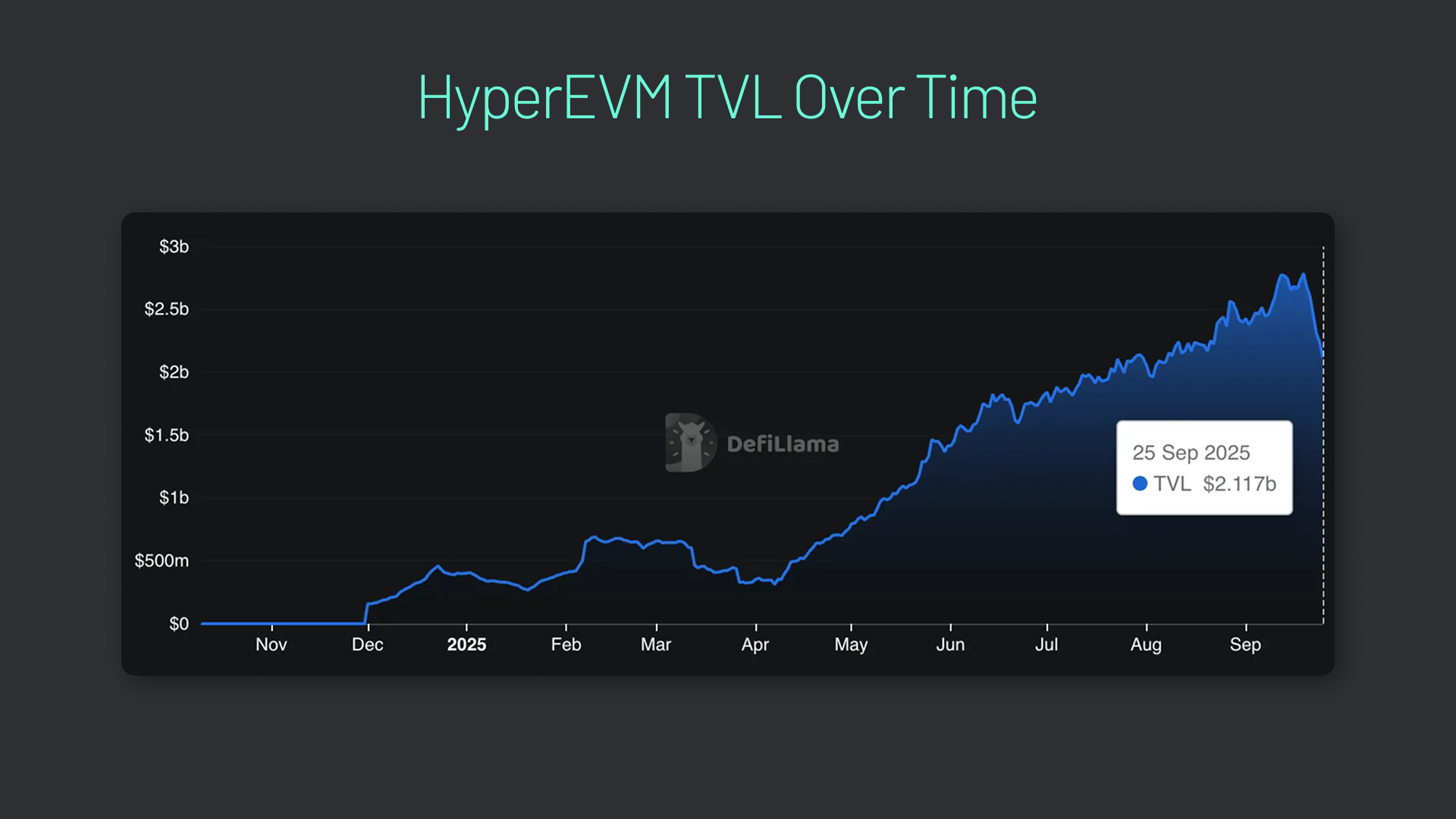
Enhanced DeFi Opportunities: Solana users could access DeFi protocols and liquidity pools on HyperEVM, potentially unlocking new yield strategies and trading pairs not available on Solana alone.
-
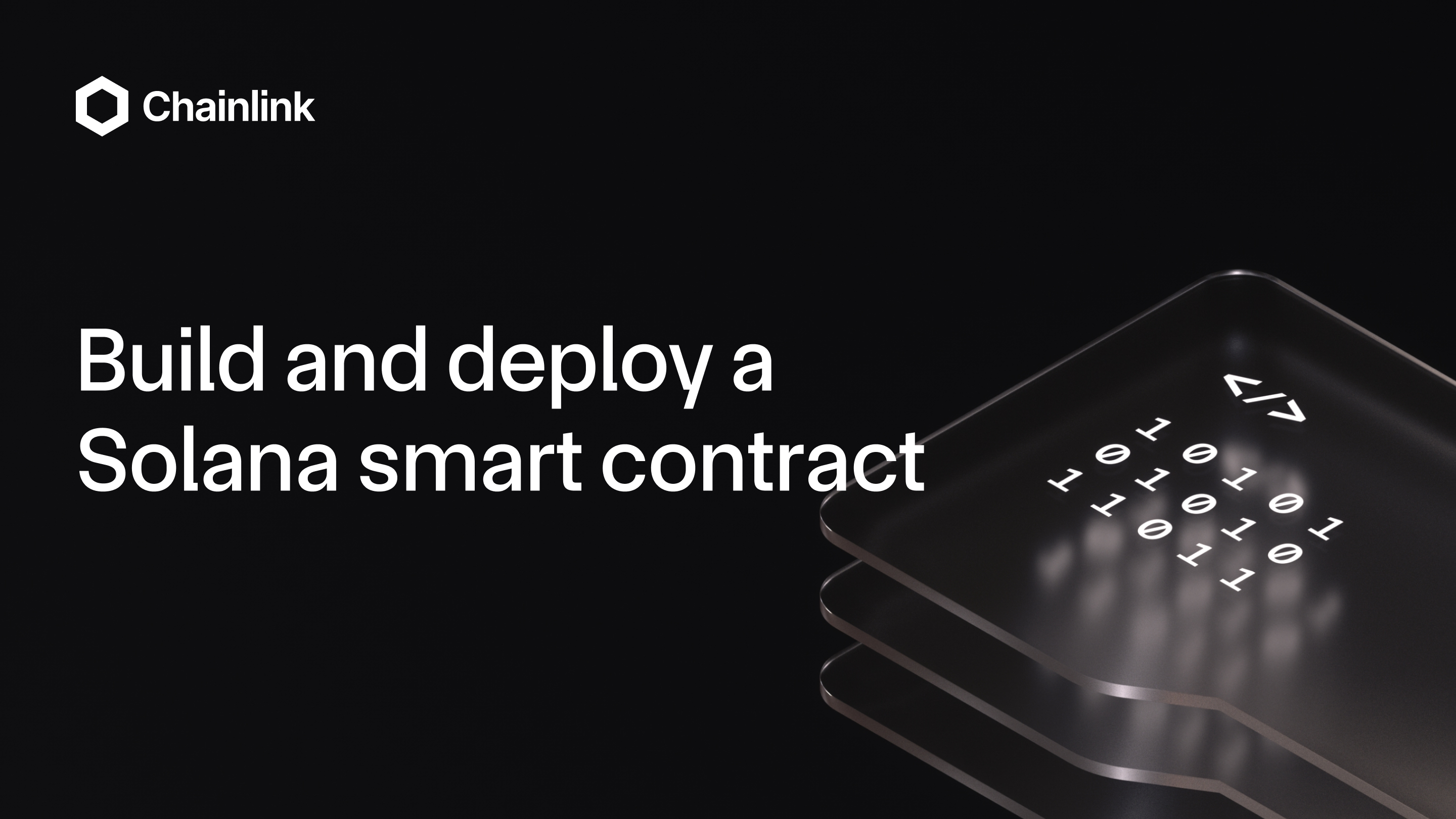
Developer Flexibility and Innovation: With HyperEVM’s Ethereum Virtual Machine (EVM) compatibility, developers could deploy smart contracts that work across multiple ecosystems, fostering innovation and faster dApp deployment for Solana users.
As always, disciplined risk management is key. Don’t chase speculative trends without a solid understanding of the underlying technology and market realities. The Solana ecosystem’s growth in 2025 is being shaped by wallet innovation, user-driven demand for security, and the relentless push for interoperability.
For those seeking the latest updates and trustworthy guides, reference Backpack’s educational resources and curated lists from leading crypto publications. The pace of change in crypto is relentless, but by focusing on wallets that prioritize security, usability, and cross-chain potential, you’ll be best positioned for whatever comes next in the Solana ecosystem.



